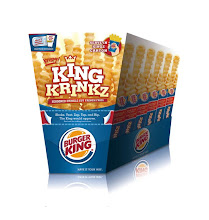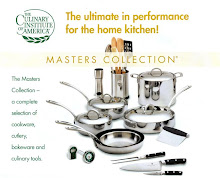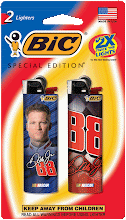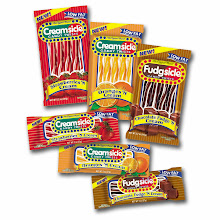
Everyone knows consumers are big on coupons and saving money in the current economy, but A.C. Nielsen has studied it all and reports that targeted, mostly digital programs are doing the best.
The 200 digital ad campaigns they studied averaged a 32% sales increase translating to $1.1MM in incremental retail sales. That worked out to be a whopping 157% return on investment (ROI), including a 14% upswing in the buying rate. “Dollar stores” once thought of as the place brands went to die are leading the marketing changes: Dollar General focuses on three areas on their website— pets, easy meals and store brands. According to Nielsen, the dollar store is now like Motel 6 (which hasn’t rented rooms for $6 in a generation): less than ¼ of the items sold at so-called “dollar stores” go for a buck or less. Not surprisingly, high- and middle-income shoppers are flocking there looking for bargains, and brands that once scorned the outlet or refused to allow their products to be carried there are courting these stripped-down outlets.
Walgreen has a monthly online newsletter called “Wellness” that mixes information like drug interactions, seasonal health issues and a caregiver support forum with promotions. But the next wave of digital marketing is coming from experts: Amazon.com and AOL. But grocery stores are no slouches in the digital revolution as experts predict the end of paper coupons within 5 years, with cost reductions rendered at checkout. Food Lion’s “Bloom” program uses kiosks with handheld scanners that let customers scan prices and bag as they show, bringing their final total to the checkout aisle. The kiosks aren’t just for ringing up items, they allow customers to check prices, retrieve a stored shopping list, print out recipes and even generate their own bar coded stickers from produce and other items requiring weighing.
Ahold’s Stop & Shop has the same scanner set-up but allows shoppers to place deli orders at the kiosks for pick-up after they’ve finished. Ukrop’s Super Markets uses kiosks to entice loyalty card customers to insert their card and print up to eight coupons based on their preferences and previous shopping habits. Scanners won’t be enough, though, now that the iPhone’s 25K applications are moving into areas like shopping and online banking/bill paying. With 800MM downloads and counting, Apple is rewriting how marketers reach customers.
The plethora of data coming out is also changing the way marketers look at things. For example, Nielsen’s study showed an endcap for carbonated sodas generated 32K exposures, while one for household cleaners drew a pale 5K. Displays are also not created equal: one in-store flyer lifted sales by 18%, while a slat/wall display kicked things up 17%, a case stacker display 16%, a shelf coupon dispenser 14%, and the average endcap 13%. The lowest results came from power wing displays (12%), freestanding displays (8%) and shelftalkers (4%). The wide fluctuation in results would indicate a shakeout is coming for in-store marketing techniques as what’s effective and what’s not emerge more clearly. Will Twitter and other social media offering recipes and blog recommendations replace simple “cents off” coupons as friends and family drive marketing? Skeptics question whether shoppers will want to give up the tactile sensation of coupons, or the human interaction of staffing.
Indeed, Whole Foods has ditched the loyalty card path and drenches its departments in staff when most other businesses are looking for lower labor costs.
Excerpted from BSLG's weekly subscription news reader service Food Business News. To subscribe or for information about licensing, contact Broad Street Licensing Group (tel. 973-655-0598)
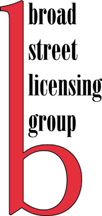.gif)






















